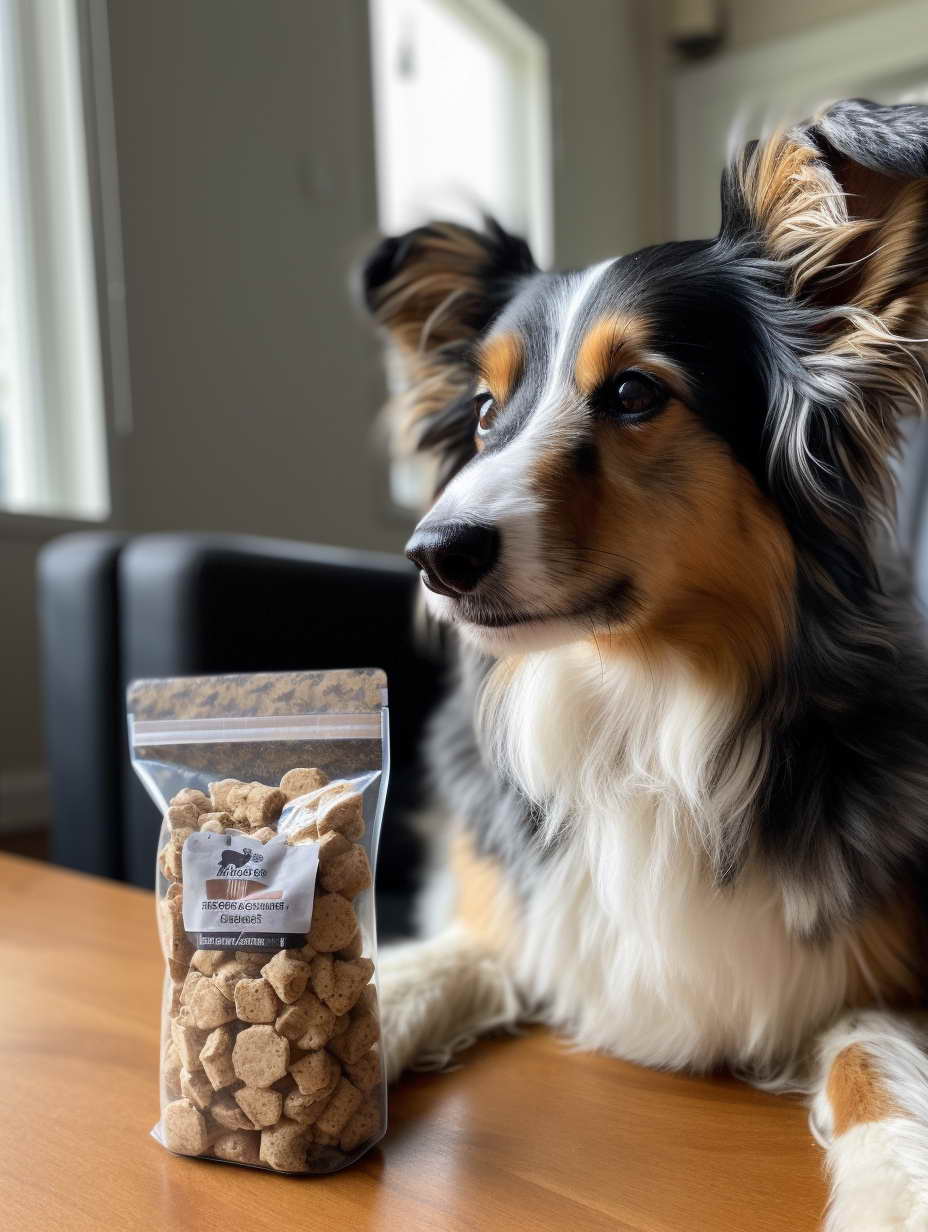Should I Mix Wet And Dry Dog Food? Find Your Answer Here
Introduction
Should I Mix Wet And Dry Dog Food? This question has been on the minds of many pet owners seeking to provide the best nutrition for their four-legged friends. As a responsible pet owner, you want to ensure that your dog’s diet is not only delicious but also nutritious. In this article, we’ll delve into the world of dog nutrition, exploring the pros and cons of mixing wet and dry dog food, sharing expert insights, and addressing common concerns. So, let’s embark on this journey to make informed decisions for your beloved canine companion.
The Benefits of Mixing Wet and Dry Dog Food
A Balanced Diet for Your Furry Friend
Providing a balanced diet is essential for your dog’s health. Mixing wet and dry dog food can be an effective way to achieve this balance. Wet food often contains higher moisture content, which can help keep your dog hydrated, while dry kibble provides essential nutrients and helps maintain dental health.
Enhanced Palatability
Variety is the spice of life, and the same holds for your dog’s meals. Mixing wet and dry food can make mealtimes more enjoyable for your pet, as it offers different textures and flavors. This enhanced palatability can be particularly helpful if your dog is a picky eater.
Nutrient Variety
Each type of dog food has its unique set of nutrients. By mixing wet and dry food, you provide your dog with a wider array of essential vitamins and minerals. This diversity can contribute to your dog’s overall health and well-being.
Potential Drawbacks of Mixing Wet and Dry Dog Food
Digestive Sensitivity
While mixing wet and dry dog food can be beneficial, it may not be suitable for all dogs. Some dogs have sensitive stomachs and may experience digestive upset when their diet is changed. It’s essential to monitor your dog’s reaction when introducing mixed meals.
Calorie Control
Maintaining the right calorie intake for your dog’s size and activity level is crucial. Mixing food can make it challenging to control portion sizes accurately. Overfeeding can lead to obesity, so be mindful of your dog’s calorie needs.
Storage and Cost Considerations
Both wet and dry dog food have different storage requirements and costs. Wet food needs refrigeration and has a shorter shelf life, while dry kibble is more cost-effective and has a longer shelf life. Consider these factors when deciding how to mix your dog’s meals.
Should I Mix Wet And Dry Dog Food?
The decision to mix wet and dry dog food is a topic of debate among pet owners and veterinarians alike. It’s a decision that can significantly impact your furry friend’s overall health and happiness. Let’s delve deeper into this crucial aspect of dog nutrition to help you make an informed choice.
Assessing Your Dog’s Unique Needs
One of the most critical factors to consider when deciding whether to mix wet and dry dog food is your dog’s individual needs. Dogs come in various shapes, sizes, and life stages, and what works for one may not work for another. Here are some considerations:
1. Age Matters: The age of your dog plays a vital role in determining whether you should mix their food.
- Puppies: Young puppies are in a stage of rapid growth and development. They often benefit from the higher protein content found in dry kibble. However, incorporating wet food can provide them with additional hydration and a taste variety that makes mealtime more enjoyable.
- Adult Dogs: Adult dogs, typically aged one to six years, can thrive on a well-balanced dry kibble diet. Mixing in wet food occasionally can be a treat, but it’s not a necessity.
- Seniors: As dogs age, they may experience dental issues or reduced appetite. Mixing in wet food can make their meals easier to chew and more appealing.
2. Health Conditions: If your dog has specific health issues, such as allergies, diabetes, or kidney problems, their dietary requirements may differ. In such cases, it’s crucial to consult with your veterinarian before making any dietary changes.
3. Weight Management: Weight management is another consideration. If your dog is overweight, your vet may recommend a specific diet plan, and this could affect your decision to mix foods.
Preferences and Observation
Your dog’s preference and behavior during mealtime can provide valuable insights into whether mixing wet and dry food is a good idea:
1. Taste Preferences: Some dogs are picky eaters, while others are more adventurous. If your dog eagerly devours a mixed meal, it’s a good indication that they enjoy it.
2. Digestive Tolerance: Dogs have different digestive sensitivities. While some dogs can switch between wet and dry food without issue, others may experience upset stomachs. If you notice any digestive problems, it’s essential to adjust your diet accordingly.
Budget and Convenience
Practical considerations also come into play:
1. Budget: Wet dog food is generally more expensive than dry kibble. Mixing both can be cost-effective but depends on your budget.
2. Storage: Consider your storage capabilities. Wet food requires refrigeration and has a shorter shelf life, whereas dry kibble is more convenient to store.
Finding the Right Balance
In conclusion, there’s no one-size-fits-all answer to the question, “Should I mix wet and dry dog food?” The decision should be tailored to your dog’s specific needs and preferences.
Monitor your dog’s reaction when introducing mixed meals, and don’t hesitate to consult your veterinarian for guidance. Remember, a happy and healthy dog is the ultimate goal, and the right diet plays a crucial role in achieving that goal.

Frequently Asked Questions (FAQs)
Can I mix wet and dry dog food every day?
Yes, you can mix wet and dry dog food every day, but ensure it aligns with your dog’s dietary needs and preferences.
Will mixing wet and dry food cause digestive problems for my dog?
Not necessarily. While some dogs may have sensitive stomachs, many tolerate mixed diets well. Monitor your dog’s digestion and adjust as needed.
How should I transition my dog to a mixed diet?
Gradually introduce the mixed diet by blending small amounts of wet food with dry food over several days to avoid digestive issues.
Are there any health benefits to mixing wet and dry dog food?
Yes, mixing can provide a more balanced diet and increase moisture intake, benefiting your dog’s overall health.
Can I mix different brands of wet and dry dog food?
Yes, you can mix different brands, but ensure they meet your dog’s nutritional requirements and consult your vet if you have concerns.
What’s the ideal ratio for mixing wet and dry dog food?
There’s no one-size-fits-all answer. Experiment with ratios to find what works best for your dog’s taste and health.
Conclusion
In the debate of whether you should mix wet and dry dog food, there’s no definitive answer that applies to all dogs. The key is to be attentive to your furry friend’s needs, monitor their reactions, and consult with your veterinarian if you have concerns. Mixing food can offer nutritional benefits and add excitement to mealtimes, but it should always be done with your dog’s well-being in mind. Remember, a happy and healthy dog is a well-fed one.

Leave a Reply